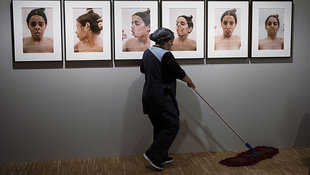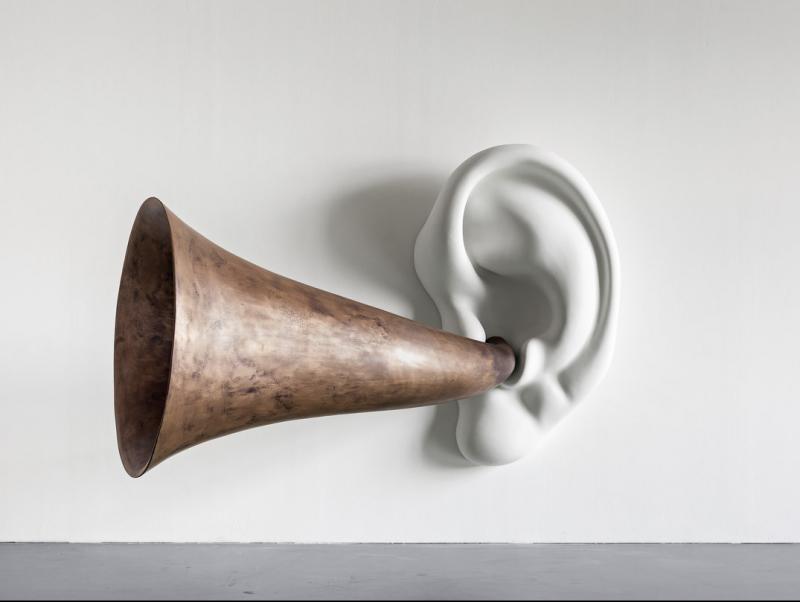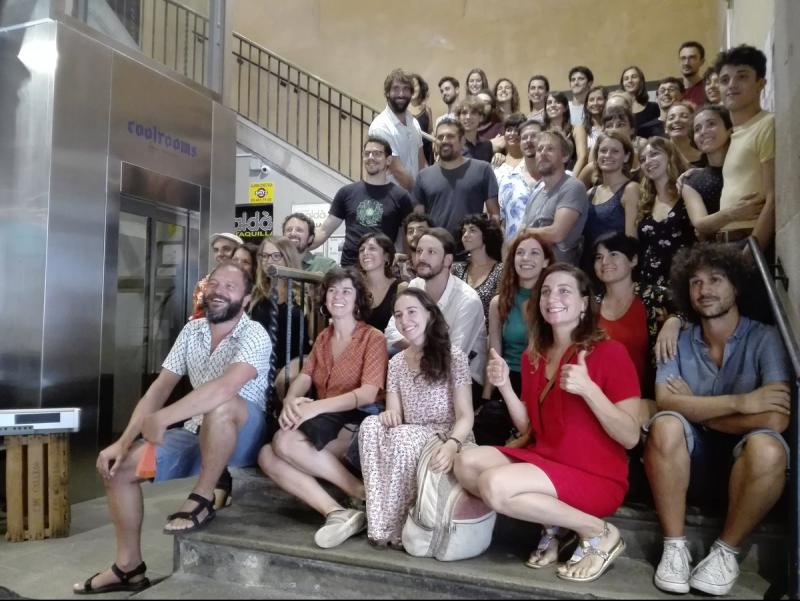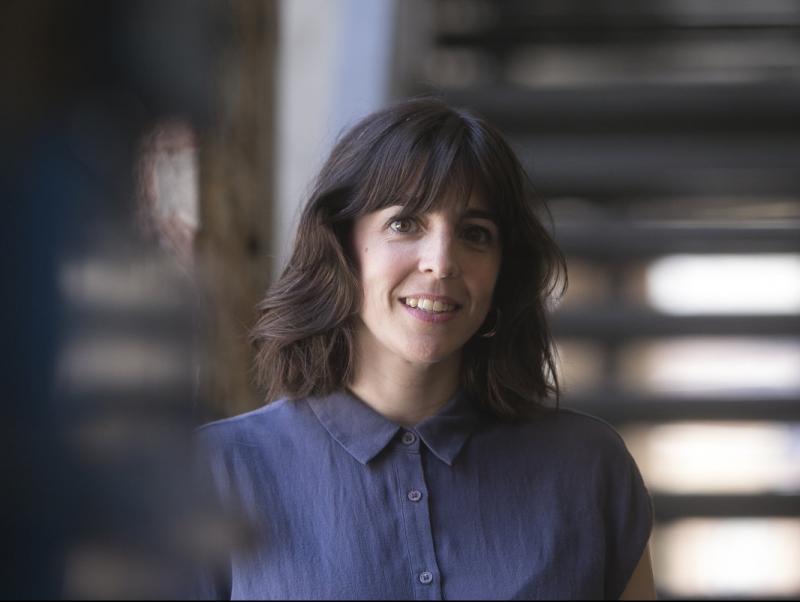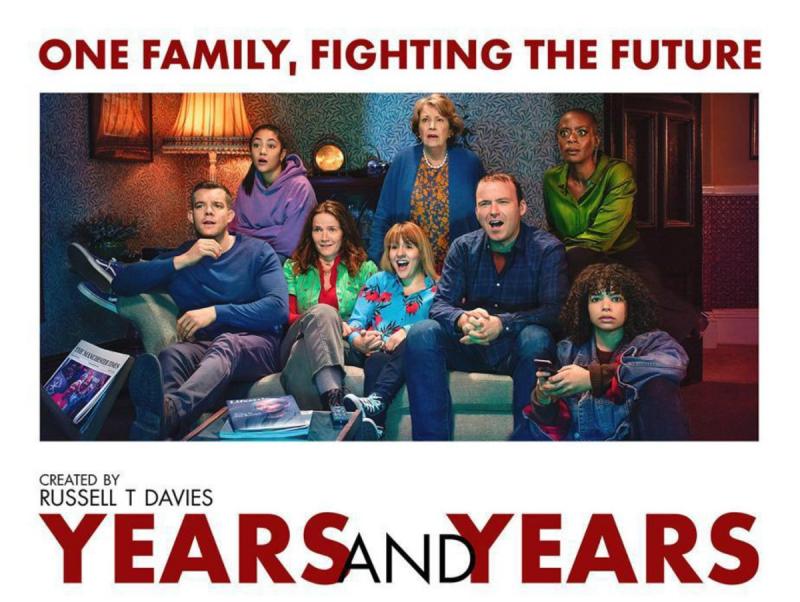A feminist revolution in art
An exhibition at Barcelona’s CCCB links the pioneers of the 1970s activist movement and its inheritors today
Elaine Shemilt was a young student when she photographed her nude body tied up from head to toe with tape, leading a teacher at the art school in London where she was studying to declare: “A woman cannot be a woman and an artist at the same time.” Despite this being the mentality that held sway in the 1970s, it was a way of thinking whose days were numbered. Shemilt was not alone. Women from all corners of the globe began bombarding the world with the same message: it was time to challenge the male domination of art and, clearly, of women in general. It was no empty threat, and it was one they fully carried out.
Art historian, Gabriele Schor, calls this movement “the feminist avant-garde”, and it broke an established order that had existed for centuries. Art history had relegated women to objects, as muses for male inspiration, but never as creators (the system had many mechanisms for silencing the few that dared to try).
There had always been female artists, but it was not until the challenge to the established order represented by the unrest surrounding the May 1968 uprisings that they became more visible in art and female artists began to break free from the stereotypes male artists had subjected them to. Feminist art was not just art made for women, it was art that challenged the social conventions that restricted women to a domestic role and subjected them to strict ideals of beauty.
Schor is the founder and director of the Verbund Collection in Vienna, which brings together works by the pioneers of feminist artistic activism, such as Martha Rosler, Helena Almeida, Ana Mendieta, Francesca Woodman, and Cindy Sherman, among many others. To set up the collection, Schor had to rescue a great many works that were well-hidden in storerooms.
Now, some 200 of these “provocative, radical, poetic and ironic” pieces are on show until December 1 at the exhibition, Feminismes!, at Barcelona’s centre of contemporary culture, the CCCB. They are not on display by themselves, however. Rather, they are accompanied by examples of today’s militant feminist art, which has gained a new lease of life in recent times, but is also very much the inheritor of that revolution in art that opened up the way.
“That is why we talk about ’feminisms’ in the plural, and why we have put an exclamation mark in the exhibition’s title, as a celebration of feminist creativity but also as a cry of alarm,” says CCCB head, Judit Carrera, who adds that while much has been achieved there is still much to be done.
The Verbund Collection has also been enriched by its visit to Barcelona, as it will be expanded by the work of two great Catalan artists from the era: Eulàlia Grau and Àngels Ribé. The work of six others have also been included in the exhibition that features work by 73 artists from Europe, America and Asia: Pilar Aymerich, Mari Chordà, Fina Miralles, Eugènia Balcells, Marisa González and Dorothée Selz (born in Paris but who joined the Barcelona scene at that time).
Catalonia a key example
For Schor, the situation in Catalonia, where the restrictions of the Franco regime were continued in the democratic era, is important for understanding the courage of the artists who were determined to emerge from that long silence. “Not that the situation of women in the rest of Europe was much better, but here they were not even allowed to open a bank account,” she adds.
In a broader sense, there are common artistic currents that emerged in the 1970s. “Without knowing each other, the artists expressed the same feelings and had some very similar aesthetic ideas,” says Schor. Their bodies became their main artistic medium, and they embraced new means of expression, such as video, performance and, above all, photography, rather than painting. “They were looking for a more spontaneous creativity and wanted to distance themselves from the masculine tradition that favoured painting,” she adds.
The contemporary section of the Feminismes! exhibition is curated by the eminent academic, Marta Segarra, under its own title that reflects the evolution of feminist art: Choreographies of Gender. Gender was not a well-established concept 50 years ago, says Segarra, who has included sixteen artistic projects that invoke feminism as a way of seeing things and understanding the world beyond sexism and that is part of the fight against “many other forms of domination”, such as racism, homophobia or transphobia.
Feminism today embraces “all those who are excluded, not only from normality, but from life itself,” says Segarra. Being a feminist today means fighting to protect the environment (the artist Eulàlia Valldosera alludes to sea pollution in Vels de plàstic). It also means protesting exploitation of workers in tourism (in Cara B del turisme a Barcelona, Julia Montilla reveals the dramatic reality of immigrant cleaners in luxury hotels).
art



